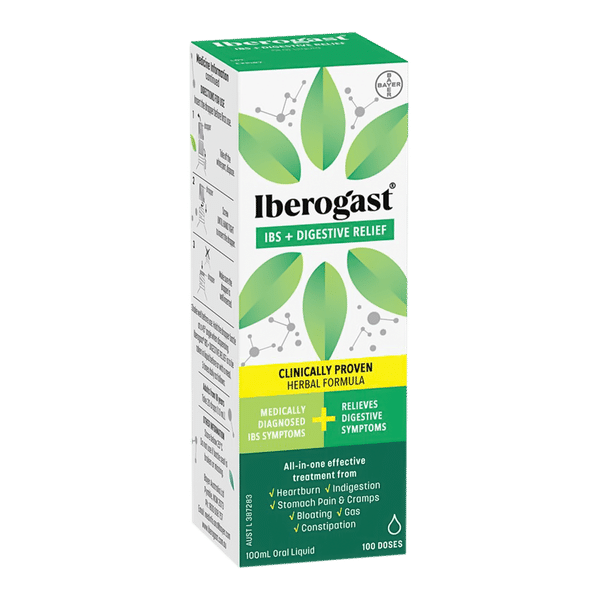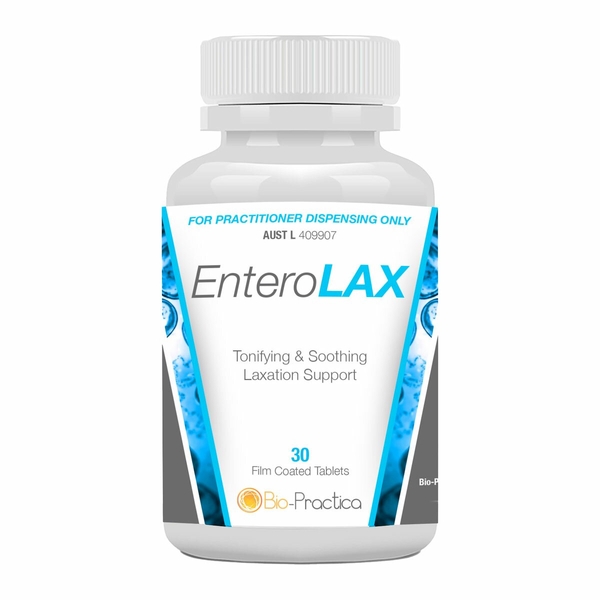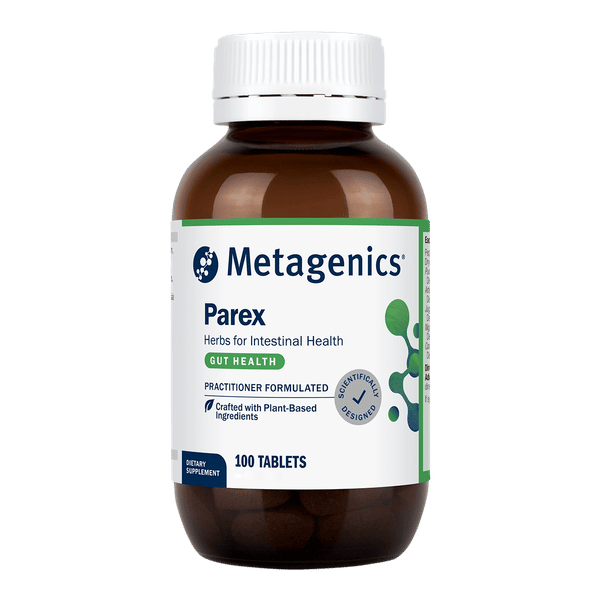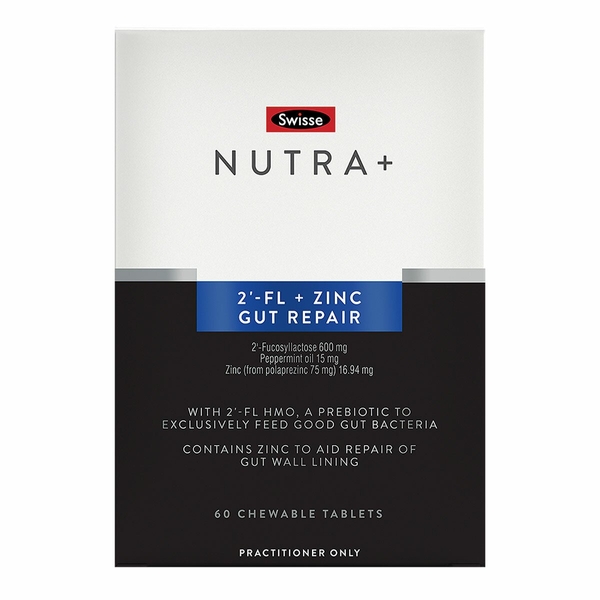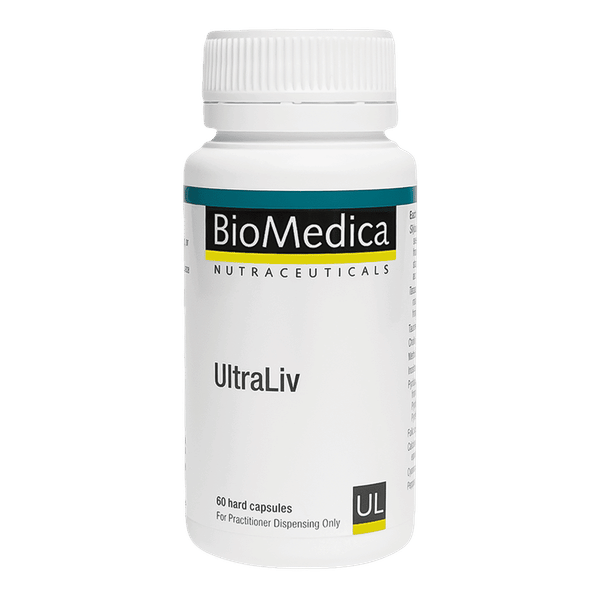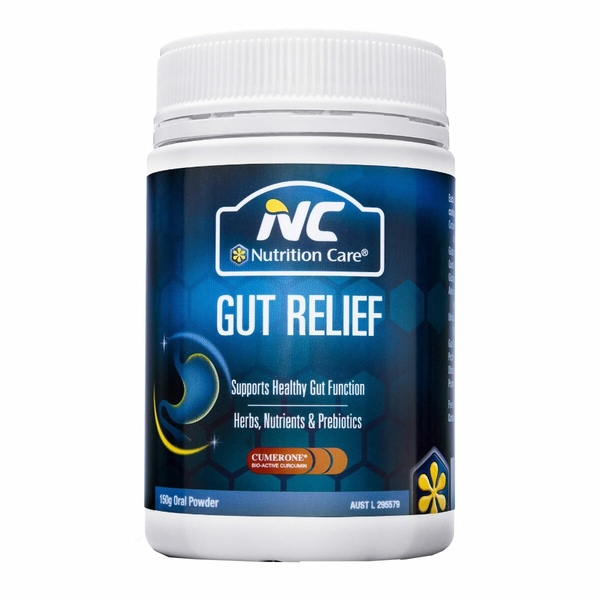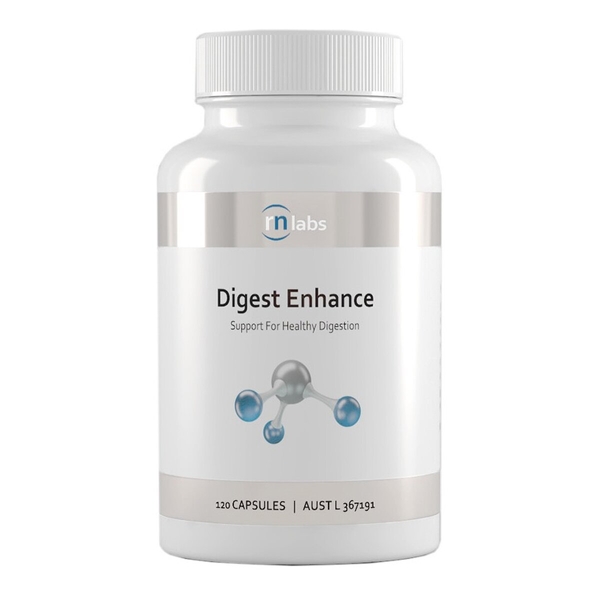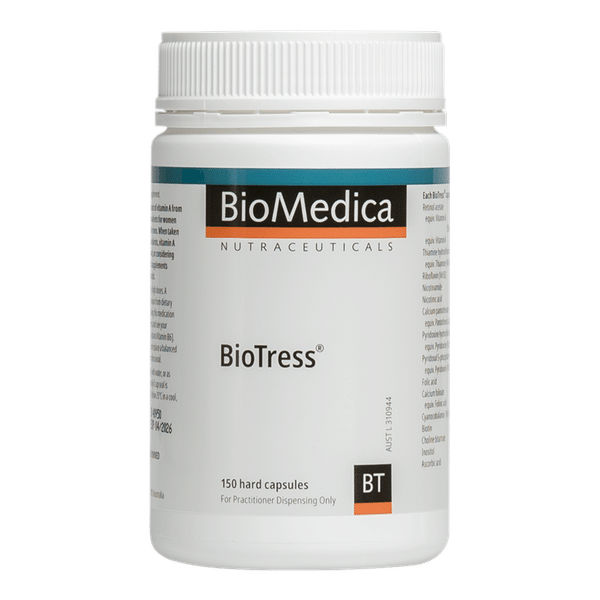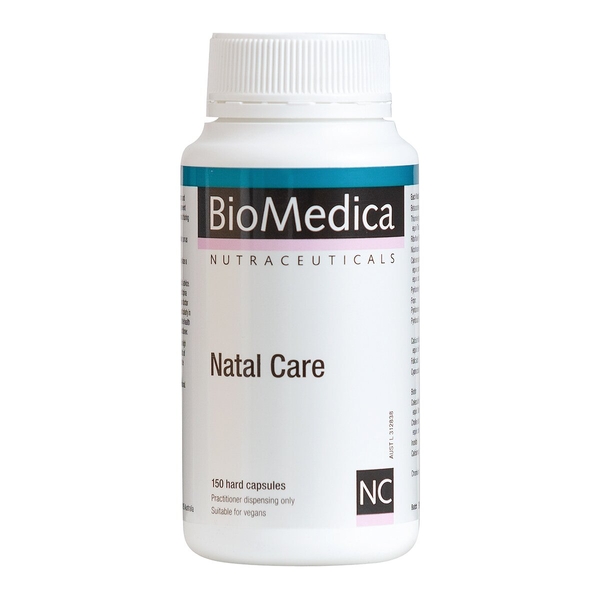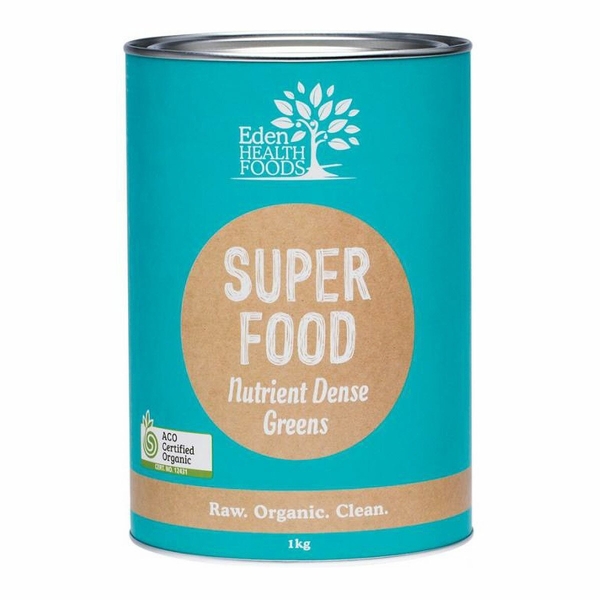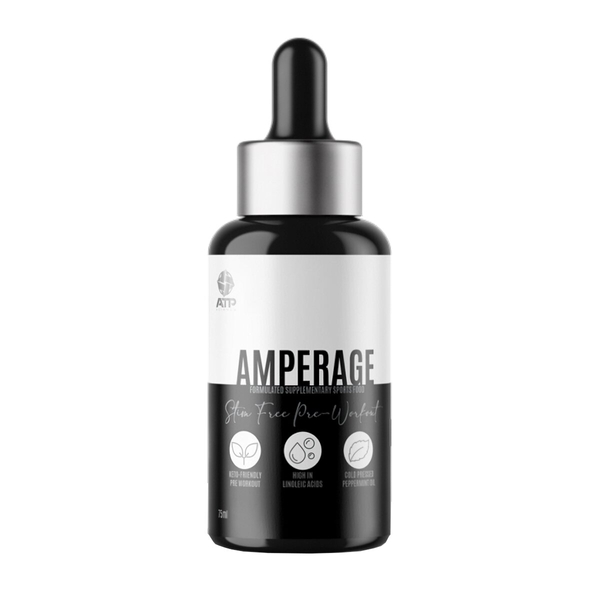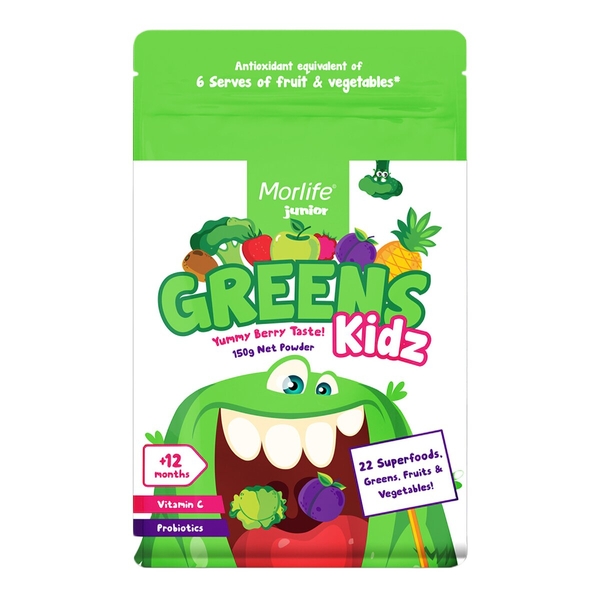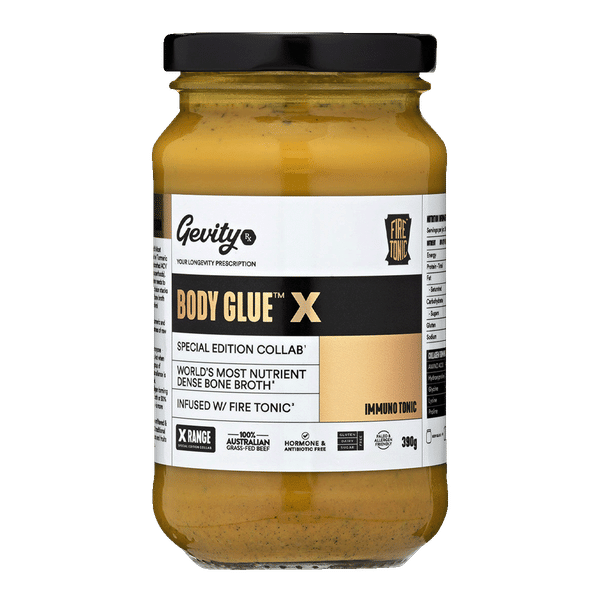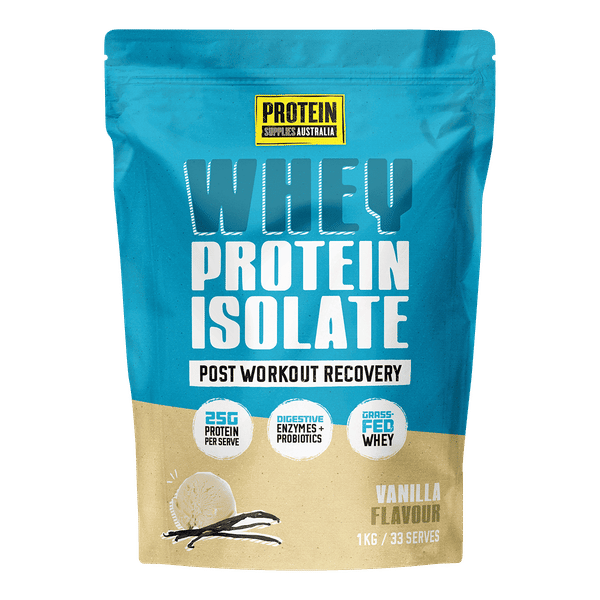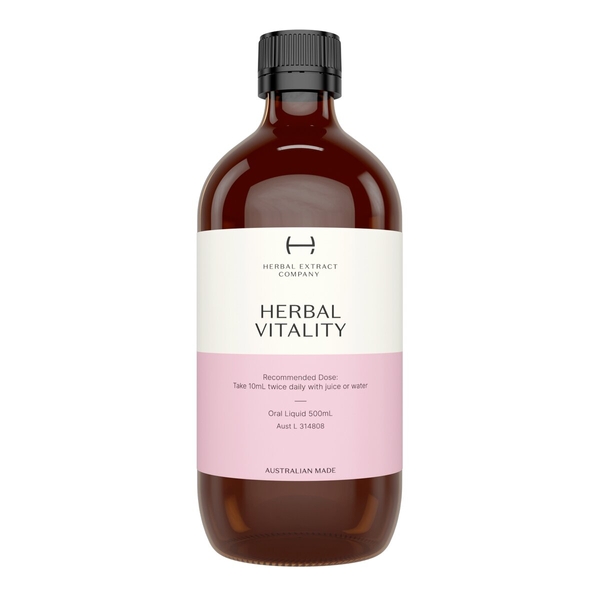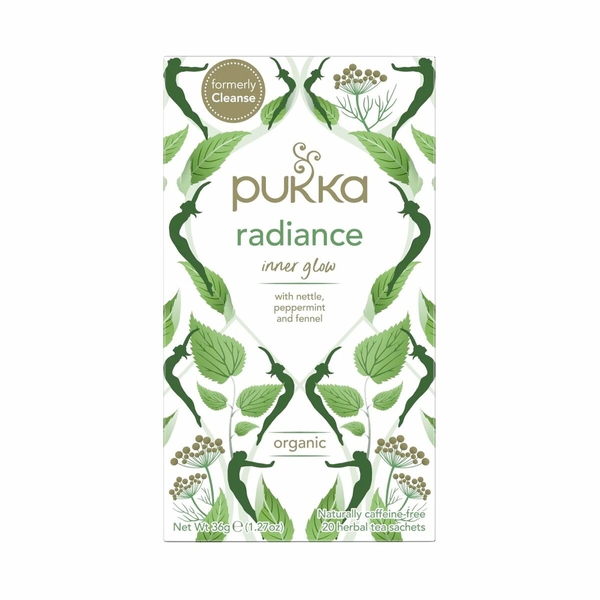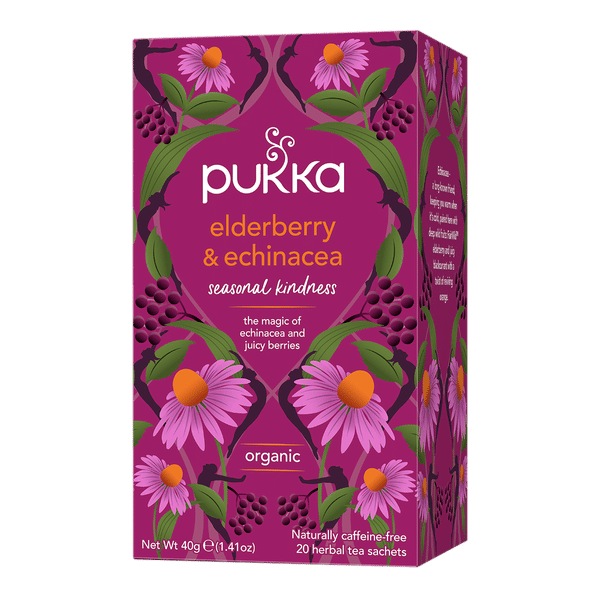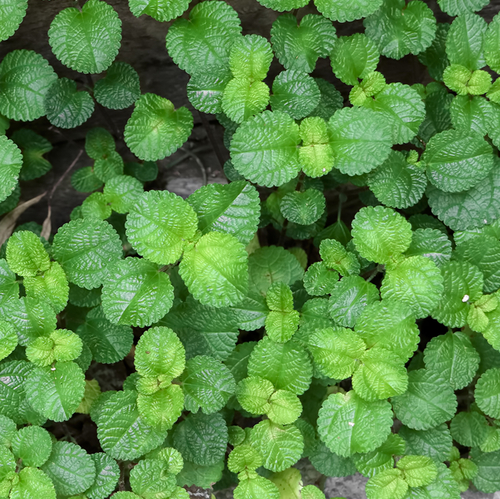
Background
Peppermint oil seems to reduce spasms in the digestive tract. When applied to the skin, it can cause surface warmth, which relieves pain beneath the skin. It may also help to "cool" the skin and relieve itching.
People use peppermint for irritable bowel syndrome (IBS). It is also used for indigestion, bed sores, tension headache, anxiety, insomnia, memory, and many other purposes, but there is no good scientific evidence to support many of these uses.
Don't confuse peppermint with other mint plants, such as English Horsemint, Japanese Mint, Perilla, Salvia divinorum, Spearmint, and Wild Mint. These are different plants.
Safety Safety definitions
When applied to the skin: Peppermint oil is likely safe.
When given as an enema (rectally): Peppermint oil is likely safe.
When inhaled: Peppermint oil is possibly safe when used as part of aromatherapy.
When applied into the nose: There isn't enough reliable information to know if peppermint oil is safe or what the side effects might be.
Special Precautions & Warnings:
Pregnancy and breast-feeding: Peppermint is commonly consumed in foods. There isn't enough reliable information to know if peppermint is safe to use in larger amounts while pregnant or breast-feeding. Stay on the safe side and stick to food amounts.Children: Peppermint is commonly consumed in foods. Peppermint oil is possibly safe in children 8 years of age and older when taken by mouth in pills with a special (enteric) coating to prevent contact with the stomach.
Diarrhea: Taking peppermint oil could cause burning with diarrhea.
Effectiveness
- A long-term disorder of the large intestines that causes stomach pain (irritable bowel syndrome or IBS). Taking peppermint oil by mouth reduces stomach pain, bloating, gas, and bowel movements in people with IBS.
- Relaxing the colon during a barium enema examination. Using peppermint oil as an ingredient in enemas seems to relax the colon during barium enema exams. Also, taking peppermint oil by mouth before the start of a barium enema seems to decrease spasms.
- Nausea and vomiting caused by cancer drug treatment. Taking peppermint extract by mouth and inhaling peppermint oil seems to reduce nausea and vomiting after cancer drug treatment.
- Indigestion (dyspepsia). Taking peppermint together with caraway by mouth seems to improve symptoms of indigestion. It's not clear if taking peppermint alone helps.
- Side effects caused by a certain procedure (endoscopy) used to view the inside of the body. Using peppermint oil can reduce spasms and pain in people having this procedure. Peppermint oil sprayed into the intestine by the doctor seems to work best. It's not clear if taking peppermint oil by mouth helps.
- Cracked nipples. Applying peppermint oil in gel, cream, or water to the skin reduces cracked skin and pain in the nipple area when breastfeeding.
- Bed sores (pressure ulcers). Applying a gel containing peppermint oil can prevent bed sores.
- Tension headache. Applying peppermint oil to the skin seems to help relieve tension headaches.
Dosing & administration
Interactions with pharmaceuticals
Cyclosporine (Neoral, Sandimmune)
Interaction Rating=Moderate Be cautious with this combination.
Peppermint oil might decrease how quickly the body breaks down cyclosporine. Taking peppermint oil products along with cyclosporine might increase the effects and side effects of cyclosporine.
Medications changed by the liver (Cytochrome P450 1A2 (CYP1A2) substrates)
Interaction Rating=Minor Be watchful with this combination.
Some medications are changed and broken down by the liver. Peppermint might change how quickly the liver breaks down these medications. This could change the effects and side effects of these medications.
Medications changed by the liver (Cytochrome P450 2C19 (CYP2C19) substrates)
Interaction Rating=Moderate Be cautious with this combination.
Some medications are changed and broken down by the liver. Peppermint might change how quickly the liver breaks down these medications. This could change the effects and side effects of these medications.
Medications changed by the liver (Cytochrome P450 2C9 (CYP2C9) substrates)
Interaction Rating=Moderate Be cautious with this combination.
Some medications are changed and broken down by the liver. Peppermint might change how quickly the liver breaks down these medications. This could change the effects and side effects of these medications.
Medications changed by the liver (Cytochrome P450 3A4 (CYP3A4) substrates)
Interaction Rating=Moderate Be cautious with this combination.
Some medications are changed and broken down by the liver. Peppermint might change how quickly the liver breaks down these medications. This could change the effects and side effects of these medications.
Interactions with herbs & supplements
Interactions with foods
Products
View all products- Mentha x piperita (Peppermint) oil 15 mg
- 2'-Fucosyllactose 600 mg
- Zinc carnosine (Polaprezinc) 75 mg equiv. zinc 16.94 mg
- Mentha x piperita (Peppermint) oil 4 mg
- Silybum marianum ext. 171.43 mg
- Taraxacum officinale ext. 50 mg
- Taurine 100 mg
- Choline bitartrate 150 mg
- L-methionine 50 mg
- Inositol 100 mg
- Folic acid 99 μg
- Calcium folinate (Activated folate) 108 μg equiv. folinic acid 100 μg
- Cyanocobalamin (Vitamin B12) 100 μg
- Total Pyridoxine 5.5 mg
- Mentha x piperita (Peppermint) oil 1 mg
- Retinyl acetate (Vitamin A) 177.1 μg equiv. vitamin A 500 IU equiv. retinol equivalents 150 μg RE
- Cyanocobalamin (Vitamin B12) 200 μg
- Ascorbic acid (Vitamin C) 100 mg
- Cholecalciferol 6.25 μg equiv. vitamin D3 250 IU
- d-alpha-Tocopheryl acid succinate 41.3 mg equiv. vitamin E 50 IU
- Zinc citrate dihydrate 23.36 mg equiv. zinc 7.5 mg
- Thiamine hydrochloride (Vitamin B1) 41.24 mg equiv. thiamine 32.45 mg
- Riboflavin (Vitamin B2) 15 mg
- Nicotinamide (Vitamin B3) 107.5 mg
- Nicotinic acid (Vitamin B3) 2.5 mg
- Calcium pantothenate (Vitamin B5) 75 mg equiv. pantothenic acid 68.71 mg
- Folic acid 95 μg
- Calcium folinate (Activated folate) 114 μg equiv. folinic acid 105 μg
- Biotin 50 μg
- Choline bitartrate 25 mg
- Inositol 12.5 mg
- Selenomethionine 62 μg equiv. selenium 25 μg
- Potassium citrate 12.44 mg equiv. potassium 4.5 mg
- Magnesium amino acid chelate 50 mg equiv. magnesium 10 mg
- Manganese amino acid chelate 5 mg equiv. manganese 500 μg
- Chromium picolinate 200 μg equiv. chromium 25 μg
- Copper gluconate 360 μg equiv. copper 50 μg
- Phytomenadione (Vitamin K1) 50 μg
- Calcium phosphate 12.9 mg equiv. calcium 5 mg
- Silica - colloidal anhydrous 12.83 mg equiv. silica 6 mg
- Molybdenum trioxide 75 μg equiv. molybdenum 50 μg
- Potassium iodide 85 μg equiv. iodine 65 μg
- Total Pyridoxine 15.1 mg
- Total Bioflavonoids 12.5 mg
- Mentha x piperita (Peppermint) oil 1 mg
- Calcium folinate (Activated folate) 54.25 μg equiv. folinic acid 50 μg
- Folic acid 200 μg
- Selenomethionine 125 μg equiv. selenium 50 μg
- Zinc citrate dihydrate 31.1 mg equiv. zinc 10 mg
- Potassium iodide 183 μg equiv. iodine 140 μg
- Total Pyridoxine 25 mg
- Pyridoxine hydrochloride (Vitamin B6) 22.12 mg equiv. pyridoxine 18.2 mg
- Pyridoxal 5-phosphate monohydrate (P5P) 10.7 mg equiv. pyridoxine 6.8 mg
- Beta-carotene carotenoids (Vitamin A) 3 mg
- Thiamine hydrochloride (Vitamin B1) 25 mg equiv. thiamine 19.67 mg
- Riboflavin (Vitamin B2) 20 mg
- Niacinamide (Vitamin B3) 30 mg
- Calcium pantothenate (Vitamin B5) 25 mg equiv. pantothenic acid 22.9 mg equiv. calcium 2.1 mg
- Cyanocobalamin (Vitamin B12) 200 μg
- Biotin 100 μg
- Cholecalciferol 12.5 μg equiv. vitamin D3 500 IU
- Choline bitartrate 40 mg equiv. choline 16.5 mg
- Inositol 20 mg
- Calcium phosphate 53.33 mg equiv. calcium 20.7 mg
- Chromium picolinate 201 μg equiv. chromium 25 μg
- Chromium chloride hexahydrate 384 μg equiv. chromium 75 μg
- Copper gluconate 357 μg equiv. copper 50 μg
- Iron amino acid chelate 22.5 mg equiv. iron 4.5 mg
- Molybdenum trioxide 37.5 μg equiv. molybdenum 25 μg
- Potassium citrate 13.83 mg equiv. potassium 5 mg
- Magnesium phosphate pentahydrate 96.81 mg equiv. magnesium 20 mg
- Manganese amino acid chelate 5 mg equiv. manganese 500 μg
- Phytomenadione (Vitamin K1) 50 μg
- Citrus bioflavonoids extract 15 mg
- Ascorbic acid (Vitamin C) 82.2 mg
- Mentha x piperita (Peppermint)
- Brassica oleracea var. acephala (leaf) powder (Kale)
- Chlorella pyrenoidosa powder
- Arthrospira platensis (Spirulina)
- Lactobacillus acidophilus
- Bifidobacterium bifidum
- Bifidobacterium lactis
- Inulin (Dietary fibre)
- Acacia sp. (gum)
- Fagopyrum esculentum (leaf)
- Fragaria ananassa (Strawberry)
- Ananas comosus (Pineapple)
- Malus (Apple)
- Citrullus lanatus (Watermelon)
- Siraitia grosvenorii (Monk fruit)
- Spinacia oleracea (Spinach)
- Daucus carota powder (Carrot)
- Lycium barbarum (fruit)
- Brassica oleracea var. italica (sprout) powder
- Curcuma longa (rhizome)
- Malpighia glabra (fruit) powder
- Medicago sativa
- Punica granatum
- Rubus idaeus
- Bifidobacterium longum
- Fructooligosaccharides
- Pyrus communis (Pear)
- Lentinula edodes
- Urtica dioica
- Laminaria digitara (Kelp)
- Green banana starch
- Oryza sativa (Rice fibre)
- Xanthan gum
- Saccharomyces cerevisiae (Brewer’s yeast)
- Rhodophyta (Red seaweed)
- Berry flavour
- Beef bones
- Sea salt
- Curcuma longa
- Piper nigrum
- Chilli powder
- Honey
- Apple cider vinegar
- Allium sativum
- Armoracia rusticana
- Zingiber officinale
- Daucus carota powder (Carrot)
- Apium graveolens
- Allium cepa
- Malus (Apple)
- Orange
- Citrus limon (Lemon)
- Brassica juncea
- Petroselinum crispum
- Rosmarinus officinalis
- Thymus vulgaris
- Juniperus communis (berry)
- Bay leaf
- Szechuan pepper
- Backhousia citriodora
- Pink Himalayan crystal salt
- Origanum vulgare (Oregano)
- Whey protein isolate 29.94 g
- Sunflower lecithin
- Natural flavours
- Stevia rebaubiana
- Vanilla planifolia (Vanilla bean)
- Bacillus coagulans (MTCC 5260)
- Protease
- Amylase enzyme
- Cellulase
- Lactase
- Lipase
- Mentha x piperita (Peppermint) oil
- Cynara scolymus ext. equiv. dry 3 g
- Silybum marianum ext. equiv. dry 1.5 g
- Taraxacum officinale ext. equiv. dry 1.4 g
- Schisandra chinensis ext. equiv. dry 650 mg
- Bupleurum falcatum ext. equiv. dry 300 mg
- Rosmarinus officinalis ext. equiv. dry 150 mg
- Pimpinella anisum oil
- Glycerol
- Water
- Alcohol
- Mentha x piperita (Peppermint) oil
- Crataegus monogyna ext. equiv. dry 711 mg
- Rehmannia glutinosa ext. equiv. dry 711 mg
- Eleutherococcus senticosus ext. equiv. dry 533 mg
- Urtica dioica ext. equiv. dry 888 mg
- Petroselinum crispum ext. equiv. dry 888 mg
- Trifolium pratense ext. equiv. dry 711 mg
- Euphrasia officinalis ext. equiv. dry 711 mg
- Taraxacum officinale ext. equiv. dry 711 mg
- Avena sativa ext. equiv. dry 355 mg
- Equisetum arvense ext. equiv. dry 355 mg
- Vaccinium myrtillus ext. equiv. dry 107 mg
- Rosmarinus officinalis ext. equiv. dry 71 mg
- Cinnamomum verum ext. equiv. dry 71 mg
- Syzygium aromaticum ext. equiv. dry 18 mg
- Pimpinella anisum oil
- Glycerol
- Mentha x piperita (Peppermint)
- Echinacea angustifolia
- Astragalus membranaceus
- Sambucus nigra (fruit)
- Lycium barbarum
- Rosa canina
- Luo Han Guo (fruit) ext. (Monk fruit)
- Echinacea purpurea
- Sambucus nigra
- Glycyrrhiza glabra (root)
- Olea europaea (leaf)
- Calendula officinalis
- Origanum vulgare
- Uncaria tomentosa
- Thymus vulgaris
- Cola acuminata
- Foeniculum vulgare
- Inula helenium
- Asclepias tuberosa
- Achillea millefolium
- Armoracia rusticana
- Capsicum spp.
- Allium sativum
- Allium cepa
- Zingiber officinale
- Cordyceps sinensis (mushroom)
- Ganoderma lucidum (mushroom)
- Lentinula edodes (mushroom)
- Tremella fuciformis (mushroom)
- Trametes versicolor (mushroom)
- Salvia eremostachya
- Hericium erinaceus (mushroom)
- Inonotus obliquus (mushroom)
- Ilex paraguariensis


